Winter Chilblains
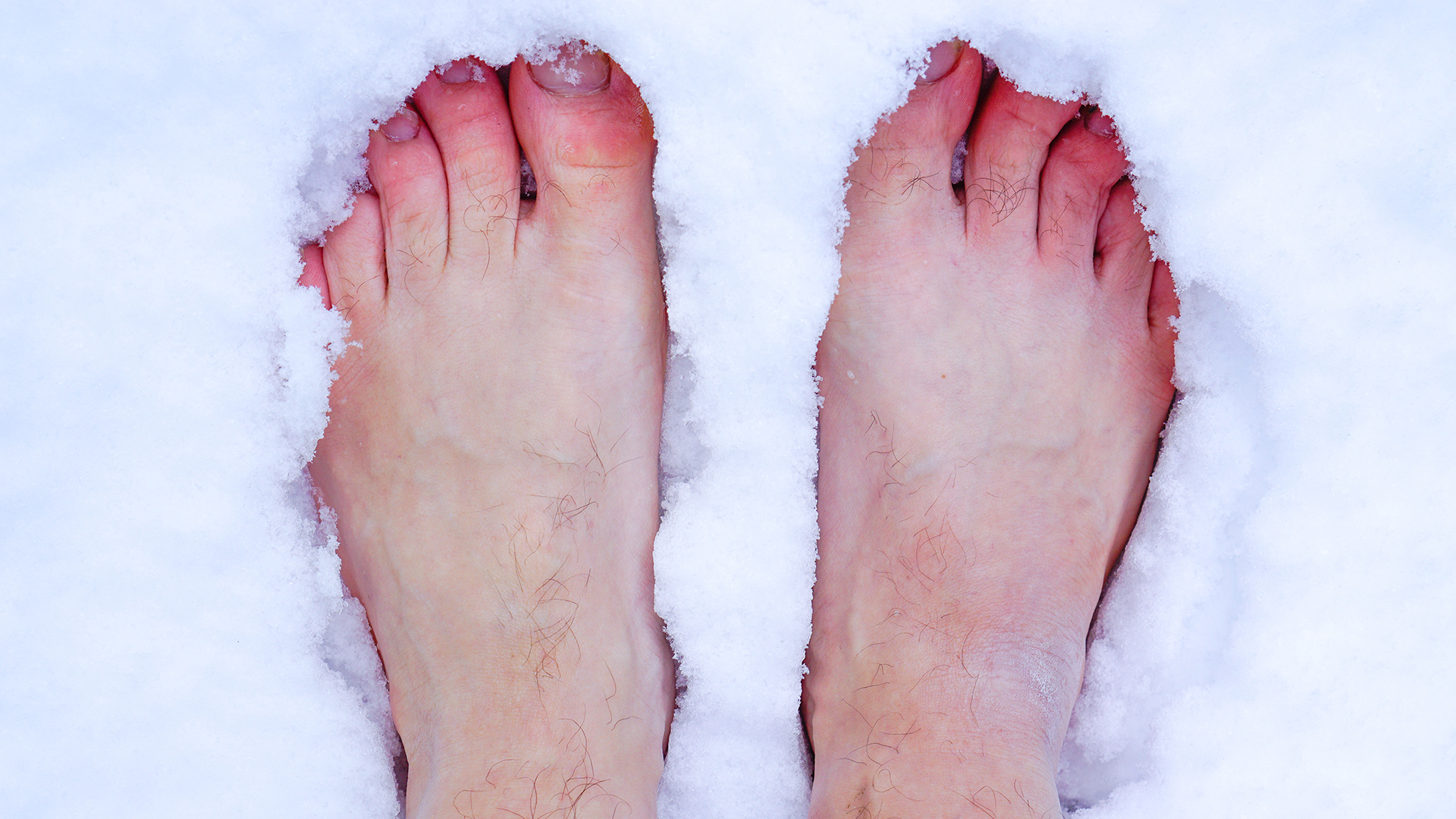
What is Chilblains?
Chilblains is the inflammation of the little blood vessels in your skin as a response to repetitive cold weather exposure. It is often painful and more commonly seen on the extremities such as the toes, fingers and nose.
It is a misconception that the weather needs to be freezing before you see symptoms of Chilblains. It can be seasonal and occur more often in the colder months of the year. You can get Chilblains from repetitive cold (not freezing) weather exposure.
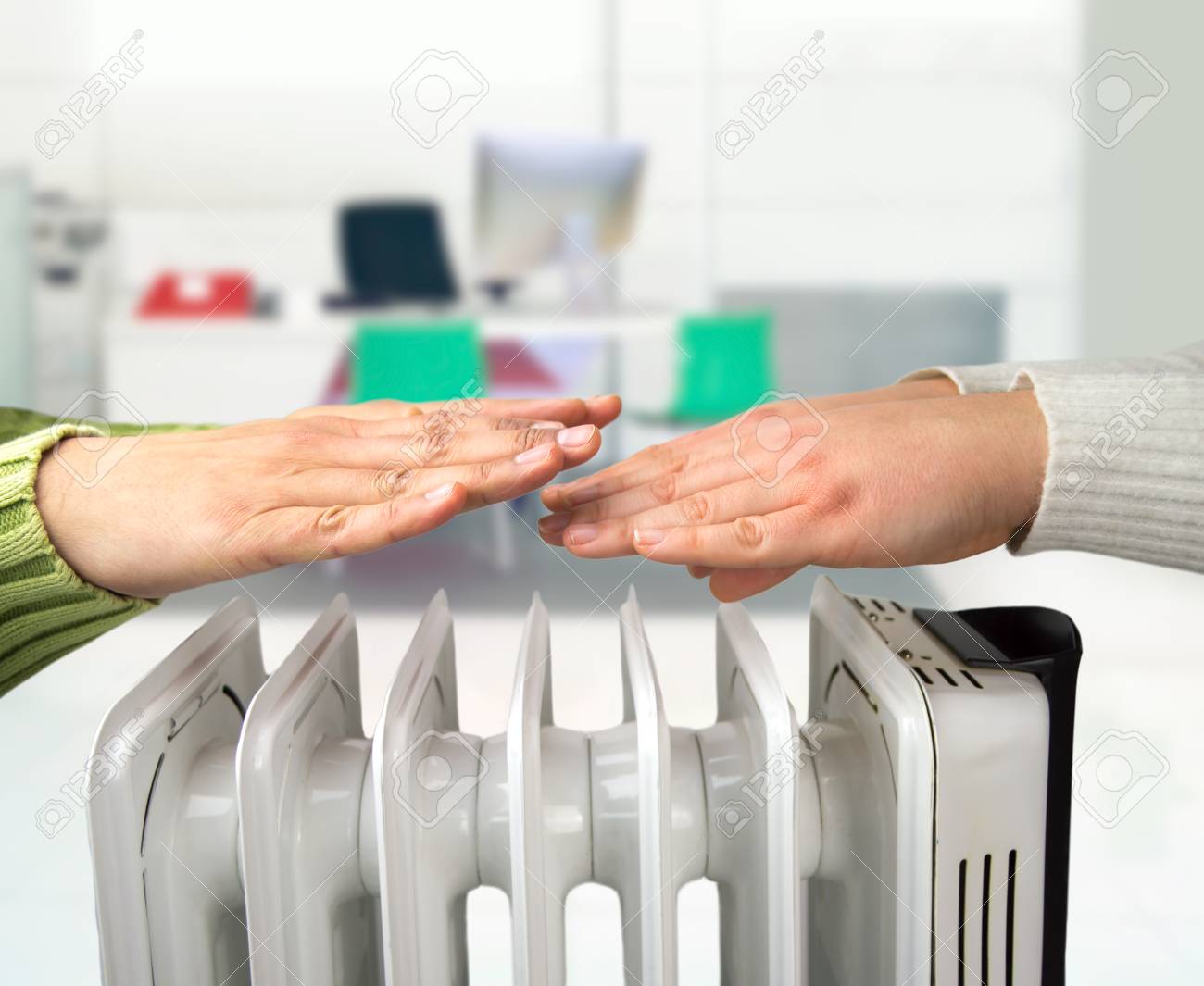
What causes Chilblains?
The cause of Chilblains is still unknown. There are some theories that it is the body’s reaction in response to cold weather exposure, followed by rewarming. In some cases, rewarming cold skin can lead to the abnormally rapid expansion of smaller blood vessels under the skin, leaving this trauma response (Chilblains).
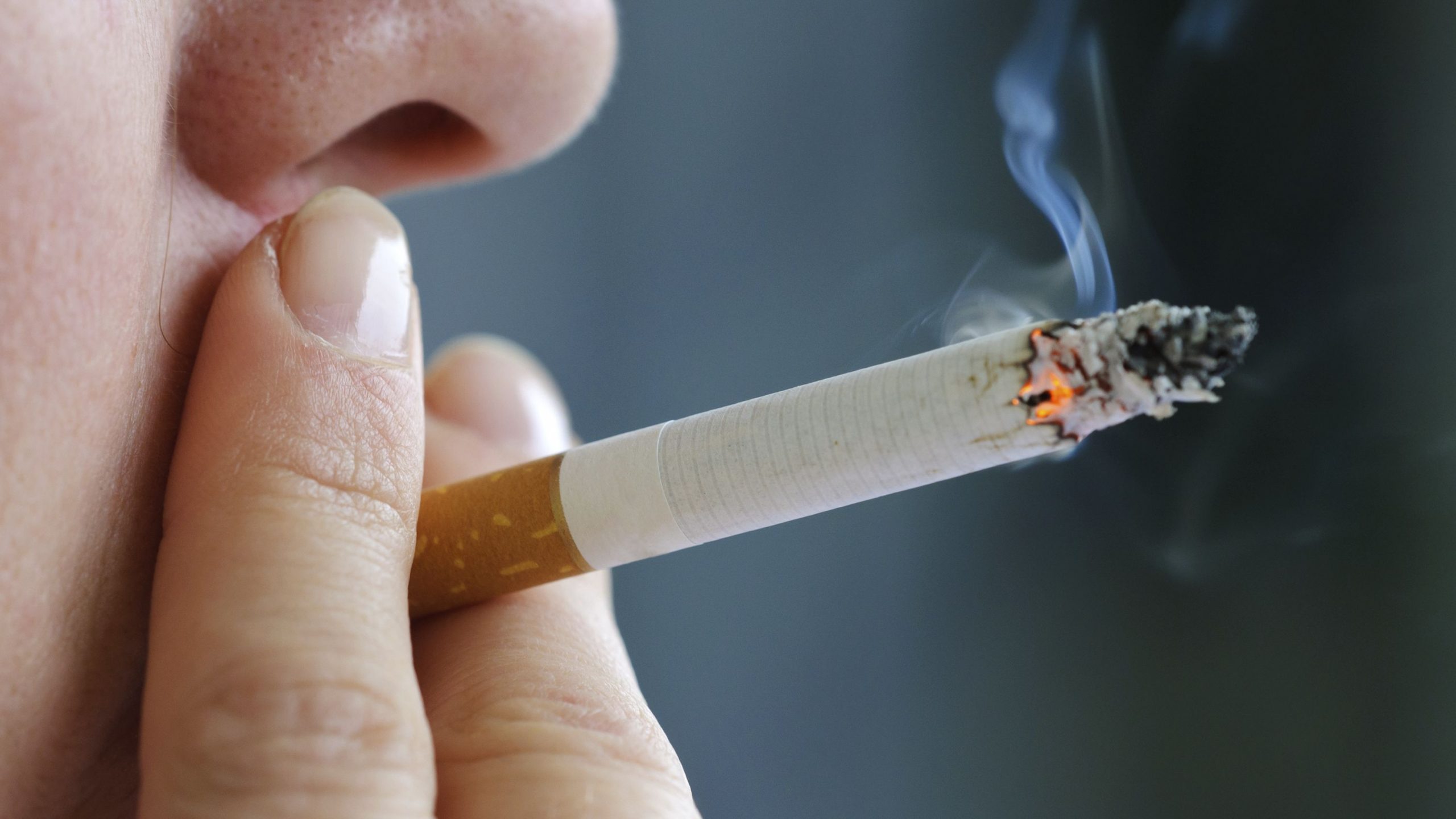
What are the risk factors for Chilblains?
The factors that may increase the risk of having Chilblains or it’s symptoms may include:
- Gender: women are more likely to have Chilblains compared to men
- Underweight: If you weight 20% less than your normal BMI, you have an increased risk.
- Poor circulation: If you have less than normal blood flow, your body is more sensitive to changes in temperature, making you more likely to get Chilblains. e.g. smoking.
- Clothing: If you tend to wear tight clothes and shoes in cold and damp weather can increase your risk of Chilblains. Same goes for wearing clothing that exposes your skin to cold, damp weather conditions.
- Environment and Season: Chilblains are less likely to occur in areas where the weather is colder and drier as people in those areas are more likely to wear warmer clothing. There is more of a risk of Chilblains when living in a humid and colder (but not freezing) area. Chilblains are more commonly seen in colder months.
- Raynaud’s Disease: Increases the risk of Chilblains.
- Autoimmune Disorders: Lupus is the most common autoimmune condition to increase the risk of Chilblains.
- Occupation: Working in colder environments such as delivering freezable goods, having to enter freezer rooms and other similar professions tend to have an increased risk of Chilblains.
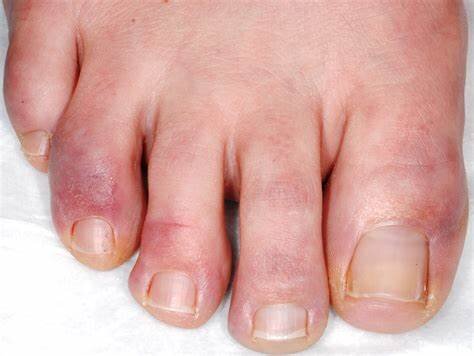
What are the symptoms of Chilblains?
Some symptoms for Chilblains may include, but is not limited to:
- Changes to skin colour (red/brown, dark blue, or purple)
- Pain at areas where the skin has changed colour
- Blistering or skin ulcers
- Itchy red patches on the skin of your hand or feet
- Burning feeling
- Swelling of your skin (especially toes or fingers)
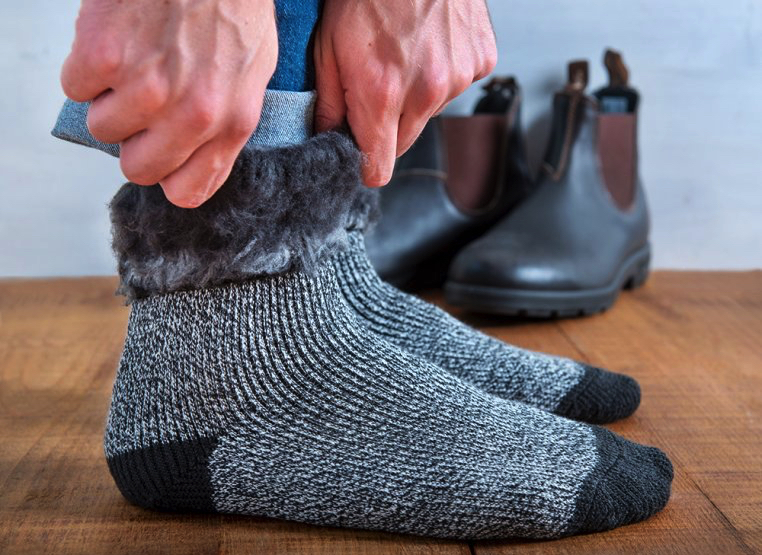
How do I treat Chilblains?
Unfortunately, there is no cure for Chilblains. However, it usually clears up between one to three week’ time. This is also the case as the weather gets warmer. The best approach is to limit the exposure to the cold. Some things you can do to help ease and prevent the symptoms includes:
- Using certain lotions to ease the symptoms (please consult with your GP or Podiatrist before hand)
- Protecting yourself from the cold by wearing: a beanie, gloves and thermal socks (especially in the colder months)
- Limit your expose to cold weather or environments
- Cover all exposed skin as completely as possible when going out in cold weather
- Keep your skin, hands, feet and face dry and warm
- Keep your home and workplace warm
- Quit smoking
Chilblains do not usually cause permanent damage or injury. However, it can lead to infection, and if left untreated can cause damage.
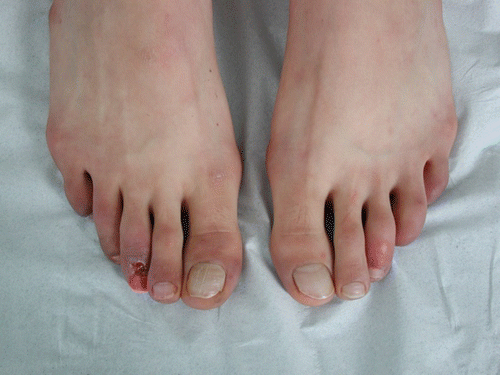
Precautions and Complications of Chilblains:
If you have Chilblains and do not manage appropriately, you can get complications if your skin blisters and ulcers. Other than being very painful, it can lead to serious life-threatening infections if left untreated. Please see a Doctor if you suspect any infection (red, hot, swollen, pus).
It is important to keep any exposed skin as warm as possible. If you have Chilblains it is very important to GRADUALLY warm up your skin. Most people who are experiencing Chilblain symptoms have reduced sensation to heat or pain stimuli. DO NOT do the following things to warm up:
- DO NOT have a hot bath or shower.
- DO NOT place your feet or hands near a heater or hot water bottle.
- DO NOT use a hair dryer to warm up your hands, feet or face.
- DO NOT use an electrical heat blanket or doona.
Dr. Fatima Al-Kathmi (Podiatrist)
The Foot Force Podiatry.
Contact Us
Send us an e-mail:
This site is protected by reCAPTCHA and the Google Privacy Policy and Terms of Service apply.
